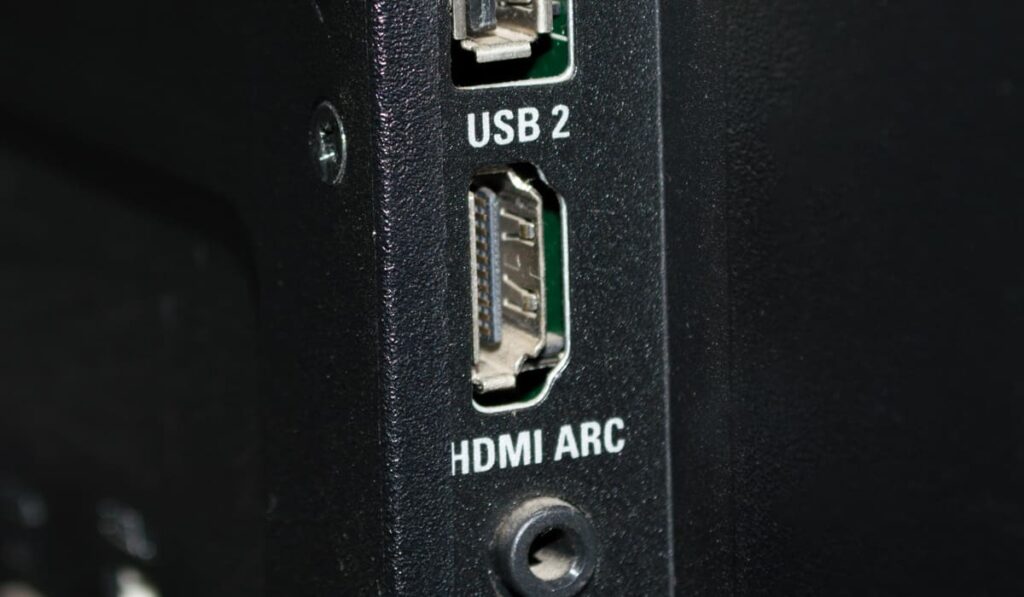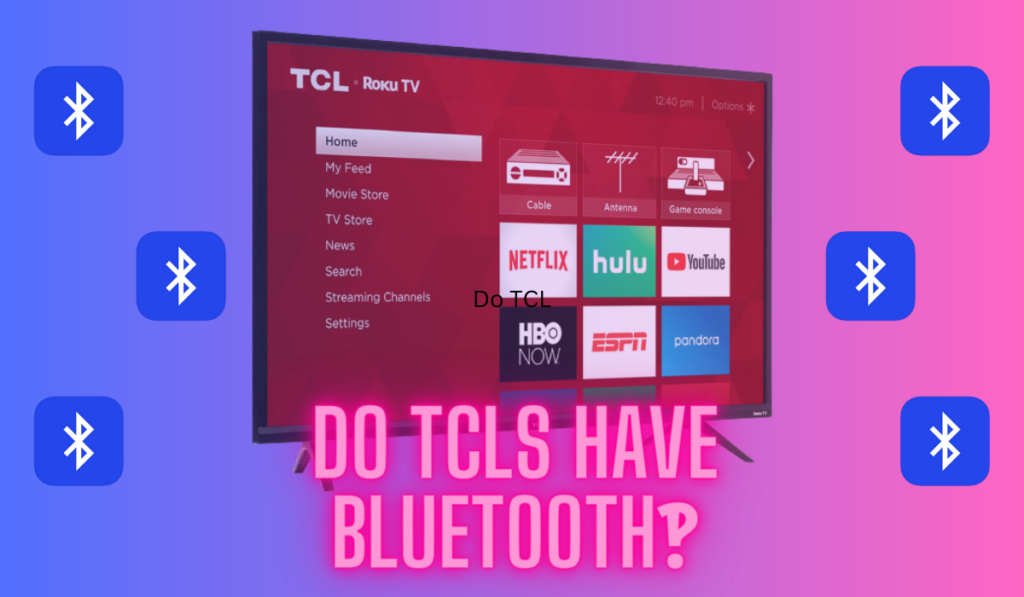An outdoor TV adds a contemporary flair to your home and is perfect for gatherings. However, considering electronics' sensitivity to weather, you might question if you need a weatherproof TV or additional protection for outdoor use. Can't you put a regular TV outside?
Unfortunately, using a regular TV outside will eventually break it. Even under an overhang, the TV will be exposed to weather, humidity, and elements that will damage the internal components and void most manufacturer’s warranties. Instead, use a dedicated outdoor TV or outdoor TV enclosure.
You may not be able to haul the living room TV out to the porch and call it a day, but there are steps you can take in you plan on using your indoor TV outdoors. You will also want to keep an eye out for potential hazards when installing your own TV outdoors, or, alternatively, consider a TV manufactured for exterior use.
Key Takeaways
- Protection and Placement: Shield regular TVs from outdoor risks like dust, sun damage, and temperature extremes. Use shade, covers, or enclosures and ensure secure, visible mounting.
- Lifespan Expectancy: An indoor TV used outside may last only a few months to a couple of years, depending on environmental conditions and protective measures taken.
- Outdoor-Specific TVs: Consider investing in TVs designed for outdoor use, as
they are better equipped to handle exterior conditions and require less adaptation.
How to Use an Indoor TV Outside

Just like we have already mentioned with using indoor speakers outside, it's difficult to completely shelter your exterior TV from the natural elements there are some choices you can make to extend the life of a regular TV outside.
Some of these options are free and others can range in cost depending on how many you combine, what tier product you purchase, or if you try to DIY. Be advised that using any combination of these preventative measures may still void your warranty, be sure you are aware of your warranty details, and take all steps possible to maintain it.
Check the Weather Rating
Before you purchase your new TV, be sure to check the weather rating of the product. Many will have similar specifications based on make, model, and size. Generally, you can find some with ratings for higher operating temperatures if you live in a hotter climate.
Consider the Location
The most critical decision when mounting a TV outside is your placement. A well-placed TV can make all the difference in the longevity of your device.
- Shade Placement: Hang the TV in complete shade to:
- Reduce screen glare
- Maintain consistent temperature
- Prevent sunlight damage.
- Sun Orientation: If full shade isn't possible, position the TV facing north or south to lessen damage from east/west sun exposure.
- Wind and Debris Protection: Choose a wind-sheltered spot to:
- Protect internal components from dust.
- Prevent dirt and particles from entering the device.
However, when looking for this location, remember sightlines will factor into your placement as well. Your TV does not do much good in a corner where only a few can enjoy it.
Look for the Right Mount
A critical piece for your exterior TV is what is holding it up, which is frequently tough to protect from the elements, your hardware can easily become a fail point. You want something thick and resistant to extreme temperatures, to prevent expansion and contraction, and to ensure your exterior flat screen does not end up flat on the ground in your backyard.
In fact, it could be helpful for you to look at our article on how to mount a TV to a brick wall, to the ceiling, as well as what is the best height to mount a TV.
Consider a Cover

A well-fit cover to wrap your TV in when not in use will protect it from some of the dangers already mentioned including dust, temperature cycling, and direct sun damage. As we explained in our guide on how to protect outside TVs, covers are highly recommended to those in colder climates, or desert-like climates, where temperatures swing severely between day and night.
TV covers can be relatively inexpensive and last a very long time. Here's a great outdoor TV cover (on Amazon).
Considering an Enclosure/Shell
Similarly, full enclosures can offer many of the same benefits while the TV is actually in use. Based on your budget and protection needs, there are a lot of options. For example, the Storm Shell Outdoor TV Hard Cover (on Amazon) is a solid choice and should waterproof your TV and keep it protected for many years to come.
The right enclosure can do wonders to protect your investment, which is especially important during rainy season, where an indoor TV should not be installed outside unless it is properly rated or protected by some weatherproof enclosure.
Considering TV Cabinets
As we have mentioned before, a full cabinet, sealed properly with caulk and weather stripping, can be a great first defense to debris, temperature variation, and moisture. The best feature of full protective cabinets is they will often also house your mounting equipment.
These protective pieces can also be sleek accent pieces and serve as additional security to hide and protect your TV. Keep in mind that, unfortunately, they can be very difficult to find and are highly expensive.
They aren't available at your normal retailers, so you'll ned to do some searching to find one you like.
Dangers of Using a Normal TV Outside
We've outlined some of the potential dangers of using a regular TV outside above, but let's review them and name a few others here, so you can take proper precautions with your exterior TV. Potential dangers that could damage either interior or exterior components include:
- Dust & debris
- Direct sun damage
- Temperature variations
- Extreme heat
- Extreme cold
- Rapid temperature change
- Improper ventilation of enclosure heat
- Inclement weather (rain/sleet/snow/hail, either direct or blown in by the wind)
- Humidity, which can lead to internal condensation
- Mount failure
- Security (theft)
- Voided warranty
There are a variety of potential threats to your outdoor electronics, but by being aware of those dangers, you can work to avoid them, giving your device the best chance for survival and extended use.
How Long Will Indoor TV Last Outside?
An indoor TV used outdoors might last a few months to a couple of years, depending on the specific conditions like temperatures, humidity and moisture, and sunlight exposure that we have already talked about.
Additionally, protective measures like a weatherproof cover or placing the TV in the right location may extend its life. However, for long-term outdoor use, an outdoor-rated TV, designed to withstand these conditions, is a more reliable and durable option.
Are there TVs Made Specifically for Outside Use?

- True outdoor TV with SunBrite weatherproof 4K HDR
- Upgraded Ultra 4K HDR screen, 50% brighter than indoor TVs, with direct LED backlight for vivid outdoor viewing
- Engineered for all-weather durability with a rugged aluminum case that protects against rain, snow, extreme temperatures, dust, and salt
- Includes built-in speakers and a spacious media bay for popular streaming devices
- Connectivity options include 3 HDMI inputs, 1 USB input, HDMI ARC, IR and IP control, supporting multiple 4K media sources with HDMI 2.0 and HDCP 2.2 compatibility
Yes, there are TVs designed specifically for exterior use. They typically range higher in price for comparable sizes, but the investment will always be the official recommendation of anyone who designs or installs any exterior lounge or viewing spaces.
Due to the fact they are designed to live and work outside, they do so far better than their interior counterparts and need less work to look sharp and clear even when glare can't be mitigated.
While you may, and should, still consider some of the above recommendations for your interior TV, your exterior TV will have considered most of these factors before you even open the box, making set up quicker and easier.
Samsung's The Terrace (on Amazon) is a more recent outdoor TV that has been extremely popular, and even marked as one of the best outdoor smart TVs. It uses many of the modern TV technologies, unlike other outdoor televisions.





